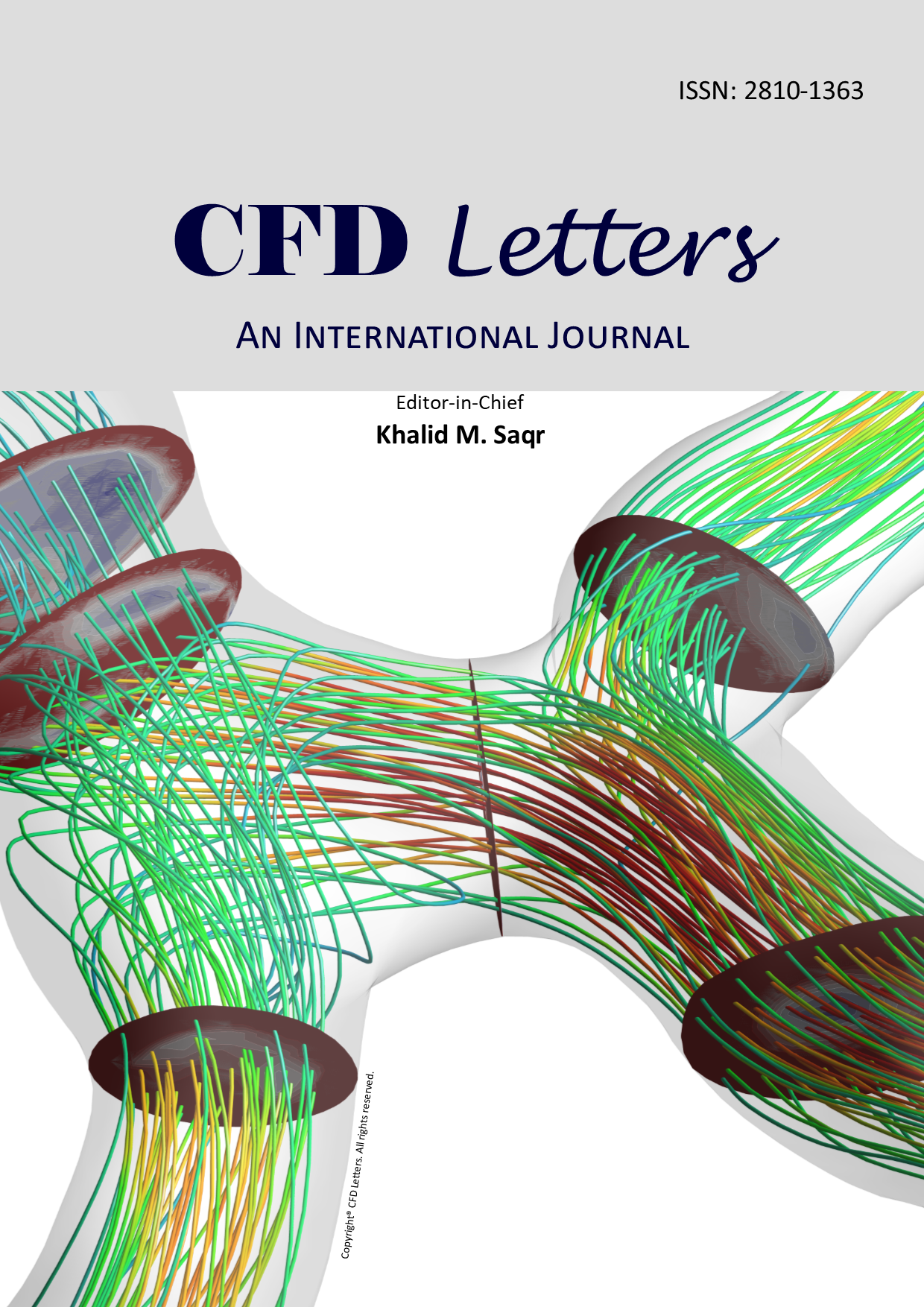Manifestations of carbon capture-storage and ambivalence of quantum-dot & organic solar cells: An indispensable abridged review
DOI:
https://doi.org/10.37934/stve.2.1.4058Keywords:
Carbon Capture & Storage, Quantum dot, organic photovoltaic, waste heat energy recovery, coal-fired electrical power stationsAbstract
This study bestows an essential abridged review of the manifestations of carbon capture & storage (CCS) systems and the ambivalence of quantum-dot & organic photovoltaic (PV) solar cells. This research implicates that CCS system is evolving in capturing emissions from coal-fired electrical power stations to further mitigate climate change. Different manifestations are discussed for capturing and storing the with repercussions on operating costs, toxicity and energy efficiency. Chemical Looping Combustion appears to be the more energy efficient than Oxy-fuel CFBC and Ionic Liquids, and less expensive than Calcium Looping and Amine Scrubbing. Calcium Looping (Cal) and Ionic Liquids are also less toxic than Amine Scrubbing. Direct air technology is also very compelling at capturing emissions but highly expensive. Nevertheless, further research is still required for all CCS systems to be able to implement them widely in existing/new electrical power stations. Waste heat energy recovery systems can be used in conjunction with capture systems for further reduction of emissions. The ambivalence of quantum dot and organic solar cells are briefly reviewed. It implicates that composite film with enhanced quantum dot effects will make the film highly transparent and options of tunability of its color spectrum make the quantum dot solar cells highly attractive to a wide variety of applications. Organic solar cells are carbon-rich polymers and can be designed to improve a precise function of the cell, such as sensitivity to a certain type of light. OPV cells can only be considered as half-competent to crystalline silicon and have smaller beneficial lifespans, but could be less costly to produce in high volumes. Current research issues are substitution/compromises between electrical power conversion efficiency and average visible light transmittance. However, improving average light-transmittance decreases electrical power conversion efficiency and vice versa.









